 Q. Sometimes you don’t actually get the color you’re looking at, but the color that reminds you of that color.
Q. Sometimes you don’t actually get the color you’re looking at, but the color that reminds you of that color.
A. I never try to get the color I’m looking at. I never copy the color I see. NEVER.
“Neil Welliver in Conversation with Edwin Denby” (Jacket, Feb. 2003)

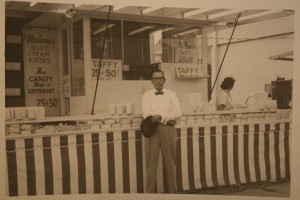 When I was a boy, my family went to the
When I was a boy, my family went to the  Since then I’d assumed that my fairgoing days were over. But Mrs. T pointed out a few weeks ago that the
Since then I’d assumed that my fairgoing days were over. But Mrs. T pointed out a few weeks ago that the 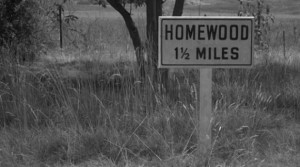 The way Martin Sloan felt on that mysterious day in Homewood was the way I felt, more or less, when I
The way Martin Sloan felt on that mysterious day in Homewood was the way I felt, more or less, when I 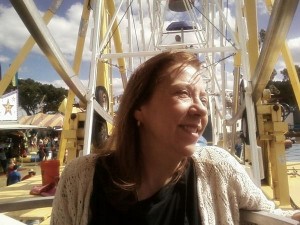 Going to the Woodstock Fair, on the other hand, made me feel, if only fleetingly, that Martin Sloan’s father was wrong to warn his son that you can’t go home again: “We only get one chance. Maybe there’s only one summer to every customer.” Maybe so, but you couldn’t have proved it by me on Saturday. Most of the sights, sounds, and smells of the Woodstock Fair proved to be all but indistinguishable from what I’d seen, heard, and smelled in Cape Girardeau a half-century ago, and I found it unexpectedly easy to relax my grip on the present and revel for a couple of blissful hours in the simple joys of an old-fashioned midway. All that mattered was the perfect moment in which I was suspended, and the presence of the loving and beloved companion with whom I shared it. If only for the space of a single blessed August afternoon, time had been regained and the carousel still turned.
Going to the Woodstock Fair, on the other hand, made me feel, if only fleetingly, that Martin Sloan’s father was wrong to warn his son that you can’t go home again: “We only get one chance. Maybe there’s only one summer to every customer.” Maybe so, but you couldn’t have proved it by me on Saturday. Most of the sights, sounds, and smells of the Woodstock Fair proved to be all but indistinguishable from what I’d seen, heard, and smelled in Cape Girardeau a half-century ago, and I found it unexpectedly easy to relax my grip on the present and revel for a couple of blissful hours in the simple joys of an old-fashioned midway. All that mattered was the perfect moment in which I was suspended, and the presence of the loving and beloved companion with whom I shared it. If only for the space of a single blessed August afternoon, time had been regained and the carousel still turned.
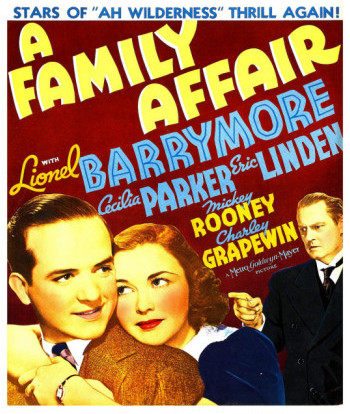
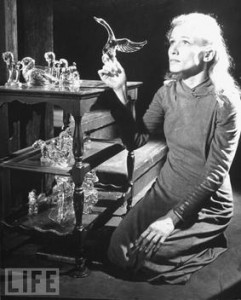 It was widely taken for granted on Broadway that Haydon got cast in plays because of her relationship with Nathan, which was an open secret, so much so that Damon Runyon is said to have had them in mind when he created the characters of Miss Adelaide and Nathan Detroit in the short story that Abe Burrows and Frank Loesser later turned into into Guys and Dolls.
It was widely taken for granted on Broadway that Haydon got cast in plays because of her relationship with Nathan, which was an open secret, so much so that Damon Runyon is said to have had them in mind when he created the characters of Miss Adelaide and Nathan Detroit in the short story that Abe Burrows and Frank Loesser later turned into into Guys and Dolls.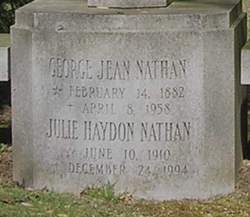 Haydon got a much shorter New York Times
Haydon got a much shorter New York Times 